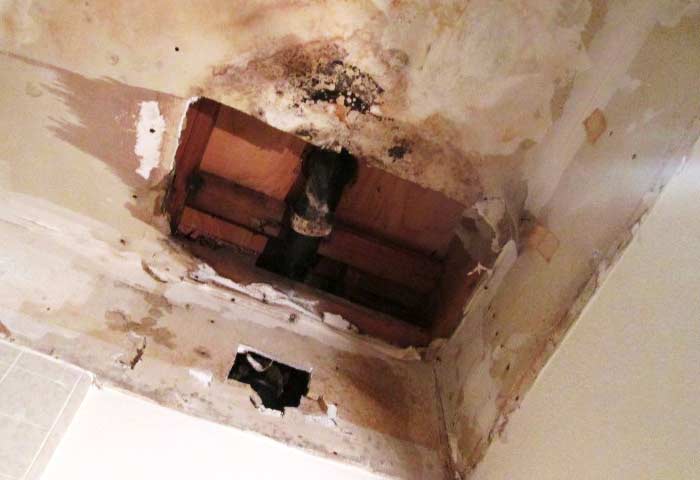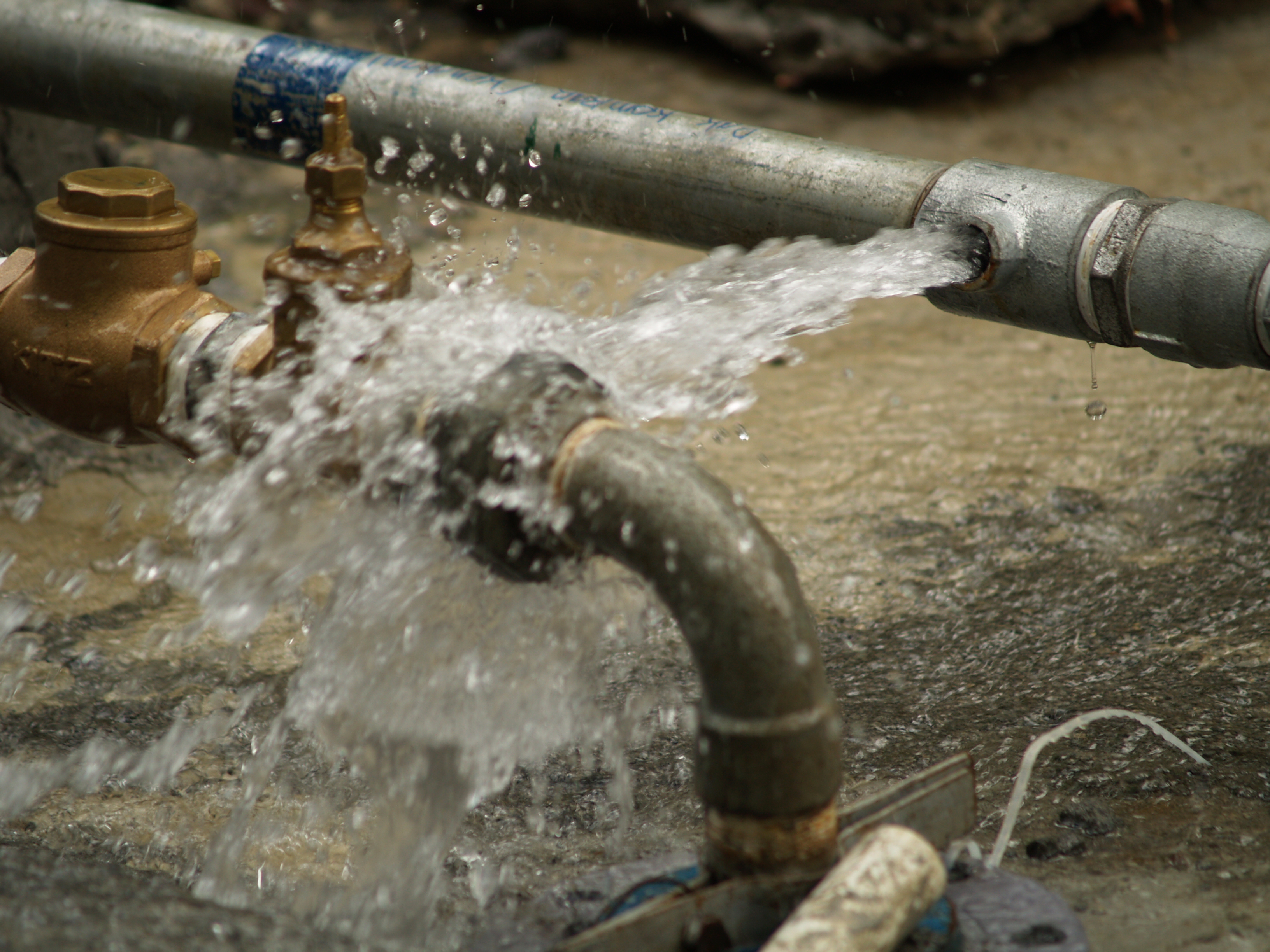What're your thoughts regarding How to Install and Connect a New Dishwasher?

A burst pipe is a major emergency; you can just stand as you see water you pay a lot to rejoin with the planet. In even worse situations, you observe a pool on your kitchen area floor, which is a fantastic trip hazard, specifically if you have youngsters around. If the pipeline that ruptured was in your wall surfaces, trouble: you might need to repaint that whole area.
How can a calamity like a ruptured pipe be protected against as well as managed? Well, by paying attention to your specialist emergency plumbings and adhering to these guidelines.
How do I recognize when my pipes have ruptured?
Varying water pressures
Pipelines do not just burst in a day. You might have observed that your kitchen tap or shower does not run promptly when you turn the tap. It may pause for a couple of seconds and afterwards blast you with more pressure than typical.
In various other instances, the water might seem normal initially, then decrease in stress after a few seconds.
Damp walls and water discolorations
Before a pipeline ruptureds, it will leakage, many times. If this persistent dripping goes unnoticed, the leakage might graduate right into a broad gash in your pipeline. One easy means to avoid this emergency is to keep an eye out for damp walls advertisement water stains. These water discolorations will lead you right to the leakage.
Puddles under pipes and sinks
When a pipeline bursts, the discharge forms a pool. It may show up that the puddle is expanding in dimension, as well as regardless of the amount of times you mop the puddle, in a couple of minutes, there's one more one waiting to be cleansed. Typically, you might not be able to trace the pool to any visible pipelines. This is a sign to call an expert plumber.
Untraceable trickling noises
Pipe ruptureds can happen in the most undesirable places, like within concrete, inside walls, or under sinks. When your home goes quiet, you may be able to listen to an annoyingly persistent leaking sound. Even after you've inspected your shower head and also kitchen tap, the leaking might continue.
Beloved reader, the leaking might be coming from a pipeline inside your wall surfaces. There isn't much you can do about that, except inform an expert plumber.
Turn off the Water
When water ices up, it expands in volume by concerning 9 percent. And also it expands with incredible pressure: The pressure inside pipes might go from 40 extra pounds per square inch to 40,000 psi! No pipe can hold that much pressure, so it bursts. The break might occur where the ice types, however regularly, it happens where water stress finds a weak spot in the pipeline. That might be inches or perhaps feet from the frozen area. Discover the water shutoff valve and also switch off the water to prevent more damages. You could additionally need to shut off the electrical energy also, relying on where the leakages takes place and also how big it is.
Polluted water
Many people assume a burst pipe is a one-way outlet. Quite the contrary. As water flows out of the hole or gouge in your plumbing system, contaminants find their way in.
Your water may be contaminated from the source, so if you can, check if your water storage tank has any type of problems. However, if your drinking water is supplied as well as cleansed by the city government, you must call your plumber promptly if you see or scent anything amusing in your water.
What do I do when I detect a ruptured pipeline?
Your water meter will certainly remain to run even while your water wastes. To reduce your losses, find the main controls and transform the supply off. The water pipe are an above-ground structure at the edge of your residential or commercial property.
How to Fix & Detect a Leaking Pipe
How Do I Know if a Pipe is Leaking?
Leak detection tests can help you determine if your pipe has a leak. Even if you don’t see an apparent leak, you should still conduct leak detection tests regularly to save water and money—and prevent major damage to your home.
Water meter. It can be helpful to figure out what your usual water meter usage numbers are and then monitor them regularly. To monitor your meter, first, turn off all water faucets in your home. Check the meter and write down the numbers. In a few hours, check the meter again. If the numbers have changed, you have a leak. Water gauge. Use a water gauge to test your water pressure. Your showerhead should produce a certain amount of water pressure based on its model and design. If the pressure is lower than it is supposed to be for that specific showerhead, your home likely has a leak. Puddles. Look inside your bathroom, laundry, and kitchen sink cabinets. Puddles around the cabinets or around toilets, tubs, showers, and washing machines indicate the presence of a leaking pipe. You may also notice loose tiles, peeling or flaking paint, or mold caused by water accumulation. Napkin test. Even if you don’t see any puddles, you may still have a leak. You can test for water leaks in the bathroom, laundry, and kitchen by wiping below-sink connections with a napkin, paper towel, or piece of toilet paper. If it becomes damp, you probably have a leaking pipe under the sink. Discolored walls. Walls that are discolored—usually with brown or yellow stains—or bulging might mean that they have been impacted by water damage caused by a leaking pipe. Smell. A leaky pipe will create sitting water, and over time, that water may develop a musty smell. If your home smells musty, but you can’t locate the source, it may be due to a leak. Steps for Fixing a Leaking Pipe
A leaky drain can be remedied by tightening the pipe base, replacing the drain seal, caulking the rim, and tightening the pipe nut. Similarly, a leaking toilet pipe can be treated by tightening the packing nut. You may also need to replace the valve. A leaky faucet may just need tightening or replacement of the washers. If that doesn’t work, consider replacing your faucet. If your pipe has a hole in it, you may want to use a pipe leak sealer or pipe leak tape. This quick fix for water pipe leaks can also temporarily fix a copper pipe leak. https://www.ahs.com/home-matters/quick-tips/how-to-tell-if-pipes-are-leaking/

Do you really like more info about What to Know Before Installing a Dishwasher? Place a short review down the page. We will be glad to hear your responses about this page. In hopes to see you back again before long. For those who enjoyed reading our blog posting kindly don't forget to share it. Thanks a lot for your time. Visit us again soon.
Book Appointment Now